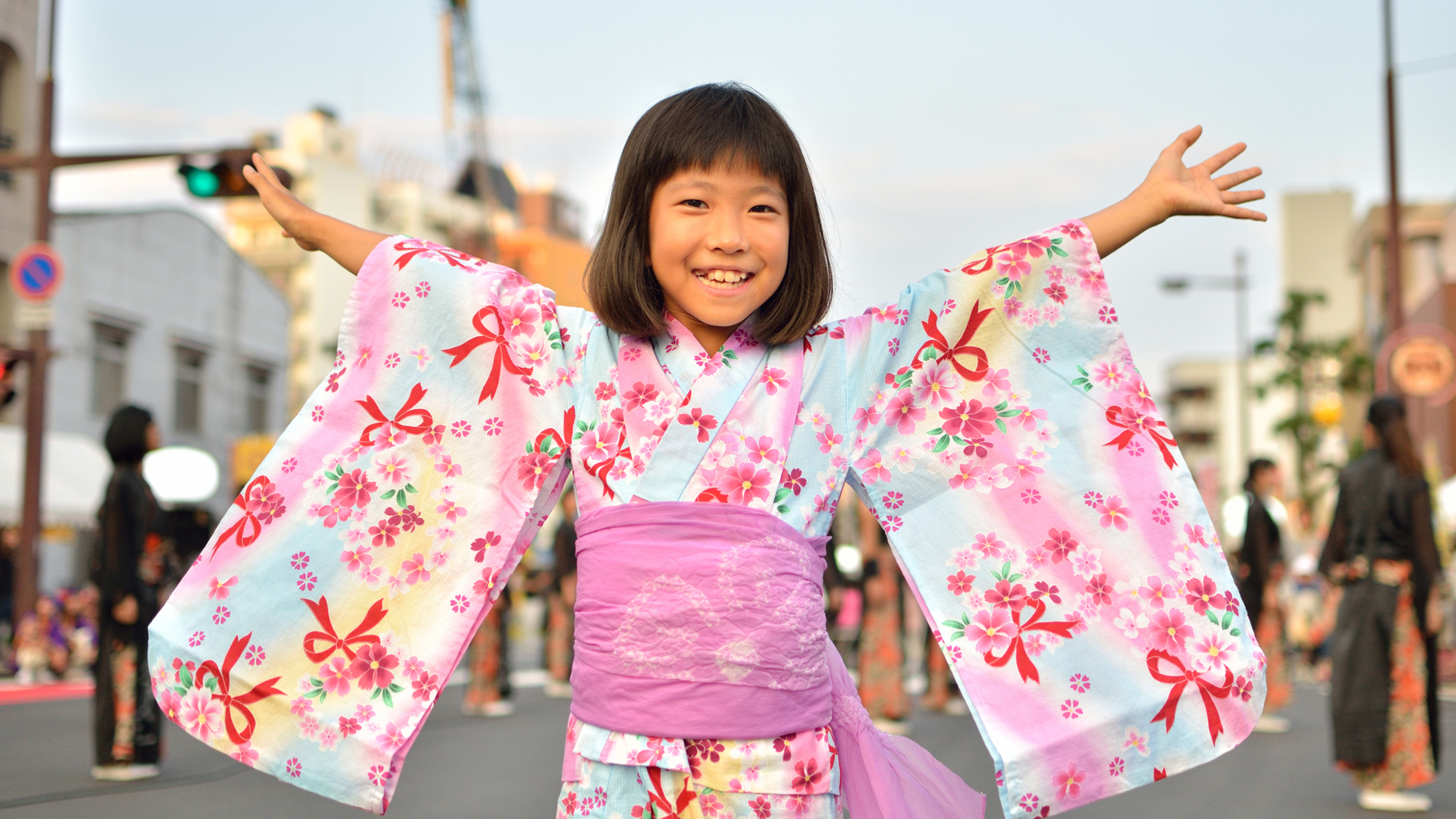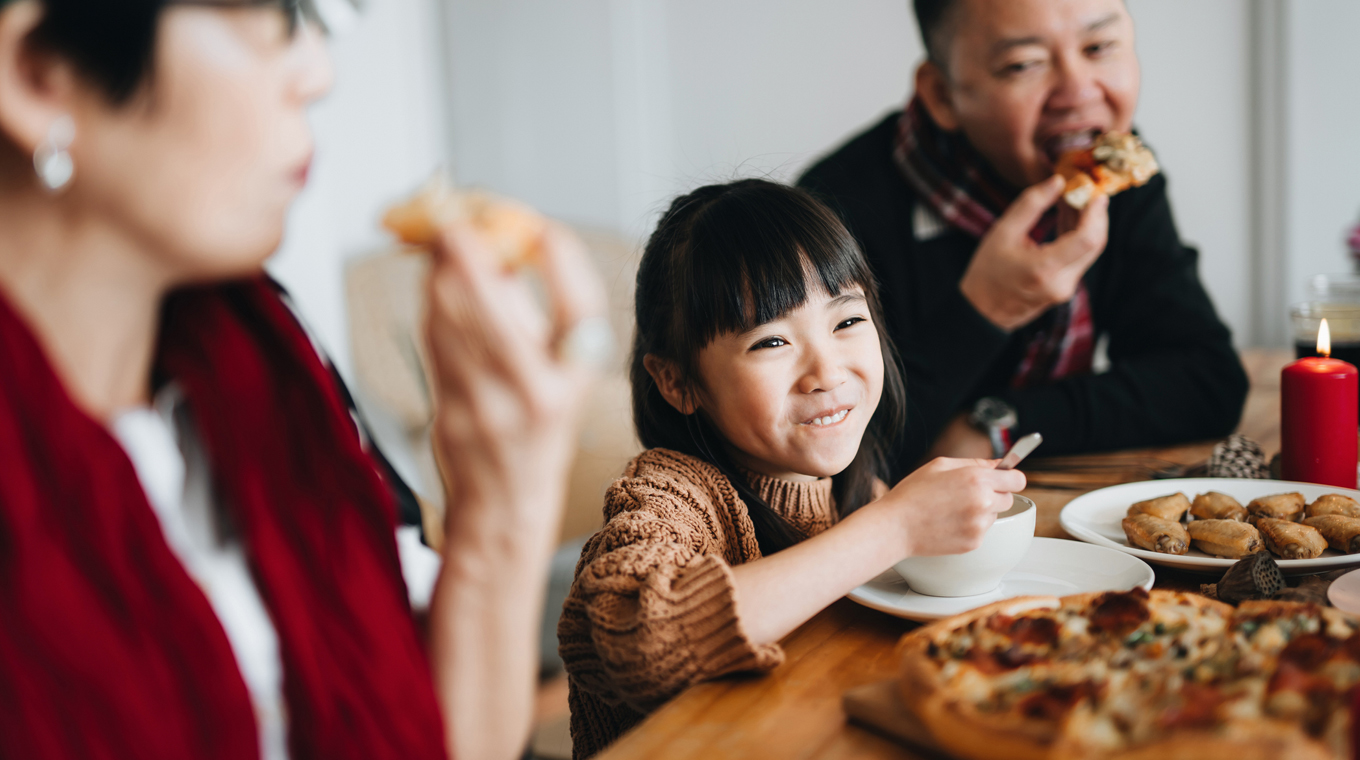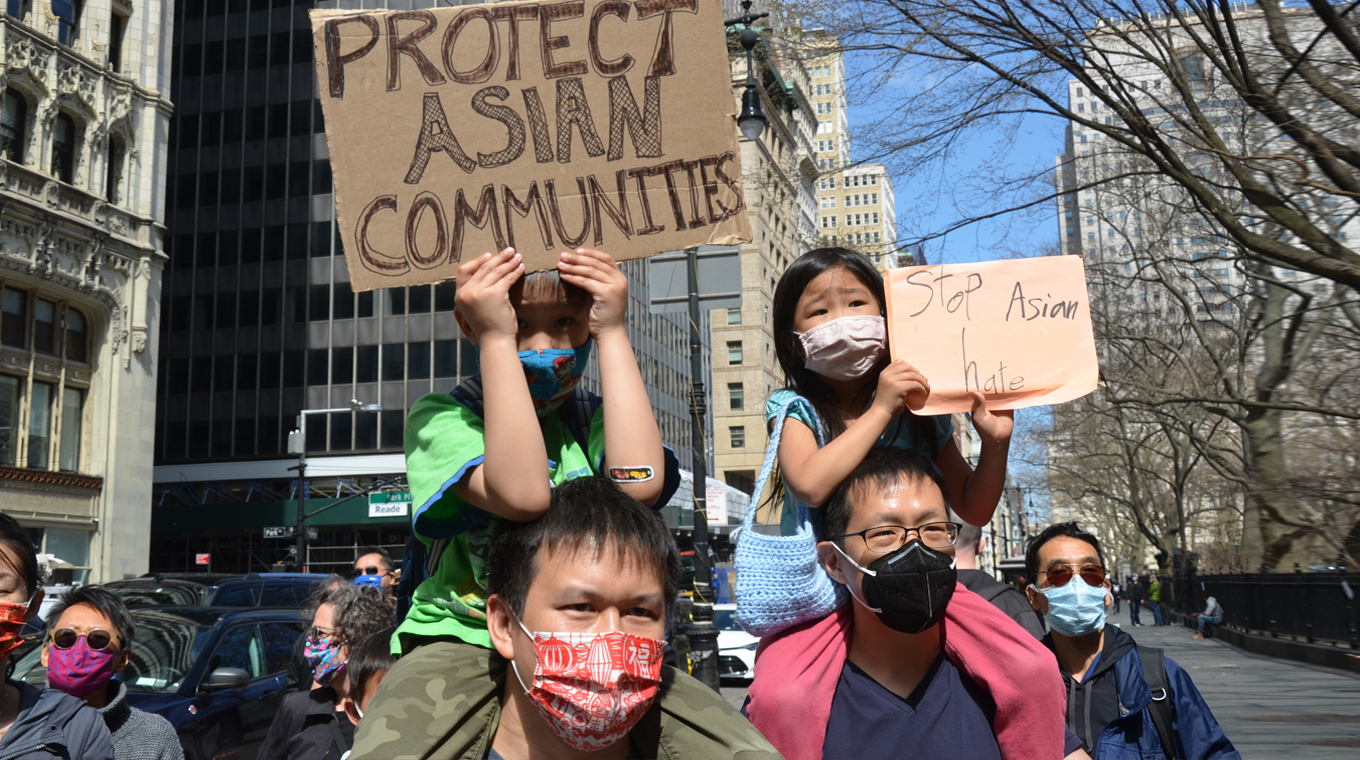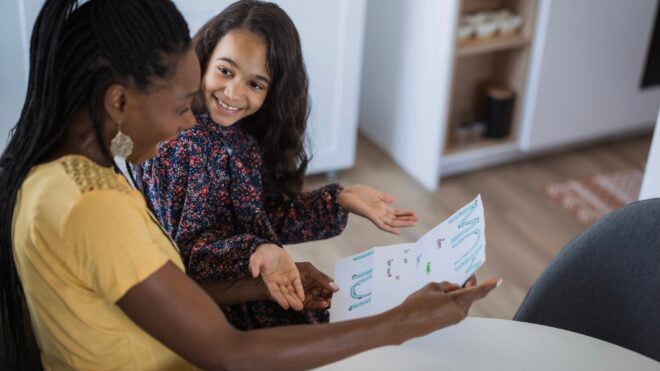
In this article:
This year, thanks again to the pandemic and social distancing, Asian American and Pacific Islander (AAPI) Heritage month will have to be celebrated differently. Although in non-pandemic times there are usually community festivals and sponsored events, this year some events will have limited capacity or may have portions of their celebrations held virtually. Check with your local city organizations for events and safety guidelines.
If you're looking for ways to celebrate AAPI Heritage Month while social distancing, here are some fun ideas for you and your family. But first — some history.
History: What is AAPI Heritage Month?

May is AAPI Heritage Month in the U.S. The month of May was chosen because of two important dates to the Asian Pacific community; the immigration of 14-year-old boy Manjiro Nakahama — the first Japanese to the U.S. (May 7, 1843) — as well as to remember the anniversary of the completion of the transcontinental railroad (May 10, 1869), wherein approximately 20,000 railroad workers were Chinese immigrants. Originally passed by Congress and signed into law in 1978 for an AAPI week, it was eventually expanded to include the full month in 1992.
It is a time where we honor the contributions and achievements of Asians and Pacific Islanders in many areas. AAPIs, after all, excel in art, literature, activism, sports, entertainment, business, fashion — and so much more.
It's also a great time to honor and support the members of our AAPI community who enrich our lives every day; from local shop owners to our friends and neighbors.
Why it's important to recognize AAPI Heritage Month

Given the current global and U.S. based anti-Asian clime, it behooves us to learn more about AAPI history, to see how Asian Pacific Islander and Desi Americans (APIDA) community members have contributed to America and the world at large. It is when people believe the whitewashed narrative of our country that so much racism like anti-Asianness and anti-Blackness can run rampant in society.
“Learning about Ourstory is important so we can build our future in the U.S.,” Korean American transracial adoptee Noah Conk told Mom.com. “We need to build bridges and recognize the most marginalized within our communities. We can use this month to indulge on Ourstory and teach,” continued the UX designer, emphasizing care for the multiracial, transgendered, and disabled members of the APIDA communities.
Note: Ourstory is a purposeful term some people use in order to connote the difference between “HIStory” — the stories by men and colonizers and conquerors — and the real stories about our society and of the past.
How to celebrate AAPI Heritage Month safely

Here are some ways to commemorate AAPI Heritage Month while social distancing — though some parts of the U.S. are opening up. Whatever your local area's circumstances, here are a few ideas on how you and your family can celebrate the contributions of Asians and Pacific Islanders.
Watch shows, movies, and documentaries
Whether it’s content about AAPI history or featuring AAPI leads in front of or behind the camera, there are so many more choices than there used to be. You can start off with Asian Americans, the 5-hour PBS documentary film that gives a quick history of Asian Americans in the U.S. Or, maybe you would like to watch the Netflix dramedy show, Never Have I Ever, partially based on Indian American comedian Mindy Kaling’s childhood in Boston.
Chinese American dad and Twitter user @EastenLaw told Mom.com he’s going to watch the ESPN Bruce Lee documentary Be Water with his kids. “I feel like Bruce Lee is a popular enough icon for a late primary school kid to enjoy learning about,” @EastenLaw elaborated, “and to get a sense of the larger social dynamics of [AAPI] experience without getting too heavy.”
Also, Netflix and Hulu have created entire hubs dedicated to AAPI content.
Check out Asian pop-culture like current music, anime, movies, etc.
With globalization and the ascent of K-pop (Korean pop) and K-dramas — so much content is being released out of Asian and Pacific Island countries. There are so many choices of K-dramas, C-dramas (Chinese), and other Asian dramas and movies on streaming services like Netflix.
“We are watching tons of K-pop videos and K-dramas and Japanese reality shows and anime,” Asian American homeschooling mom Jean Hong told Mom.com. “We generally like to watch entertainment shows that have more AAPI or Asian leads to see ourselves represented more.”
Read books — both fiction and nonfiction
If you have avid readers — and even if you don’t — check out books written by AAPI authors like the dystopian YA series Legend by Marie Lu or non-fiction tome The Making of Asian America: A History by Erika Lee or poetry by queer Samaon American spoken word poet Terisa Siagatonu.
“We also seek out more children’s books that tell stories about AAPI characters that were so lacking in the past, especially when my husband and I were growing up,” added Hong.
Attend talks, panels, forums, celebrations
While there certainly are local talks and celebrations you can attend (like in Washington DC), due to the pandemic and social distancing, please make sure you and the family are taking the appropriate safety precautions — especially if your children are unvaccinated. There are online Asian American film festivals like CAAMFest where your kids can attend virtual screenings, panels, and interviews.
Listen to the stories of older AAPI members
If your family is of AAPI descent listen to the stories of your or your kids’ older family members. “We're trying to share more stories of grandparents and great grandparents with input from our extended family,” Twitter user @twoasianparents told Mom.com. The founders of The Parenting Asian America Project added, “We just learned new stories from one set of parents this weekend!”
Your kids can also access stories of the AAPI community through reading transcriptions of the oral history of Japanese settlers in Oregon’s Hood River Valley like “The Hood River Issei” by Linda Tamura provides, or the oral histories of Native Hawaiians and the Hawaiian language “Olelo Hawai'i,” or the oral histories of intergenerational LGBTQIA+ AAPIs like the "Dragonfruit Project". In some cases, there may be video archives as well.




